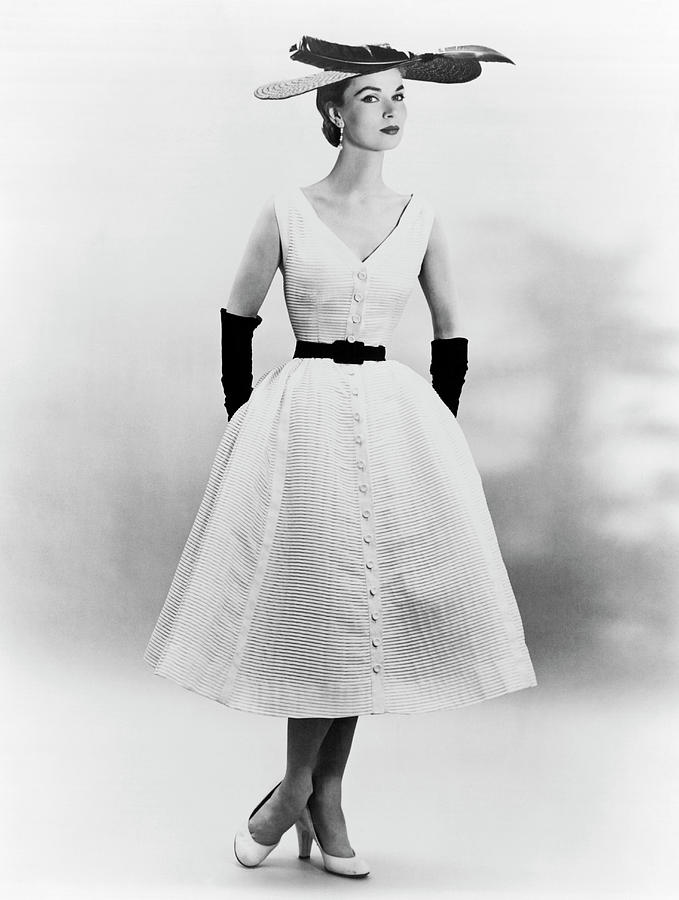
Prom clothes for teens were the one formal style that was usually a tea-size. They had layers of web, tulle, organdy and other very light fabrics that made them bounce, swish and sway to the dance beat. Strapless, sleeveless and oh-so-fun to wear, they have made fashion comebacks in fashionable promenade circles many instances since the ’50s.
It was supposed for the Parisian elite, and introduced fashions in color plates such as this one. The contributors included many outstanding artists of the time, and the colour plates anticipated the Art Deco fashion that was to dominate the Nineteen Twenties. The illustrations were stencilled by hand with watercolour, in a method known as pochoir.
After championing the trendy, sporty and androgynous woman of the Nineteen Twenties, Chanel efficiently ventured into an expensive and more female fashion in the Thirties. Evening dress, Mariano Fortuny Evening costume Mariano Fortuny ( ) About 1920 Venice Pleated satin Museum no. Given by Mrs Holland The multi-proficient Mariano Fortuny ( ) was a painter, theatre designer, photographer, inventor and scientist, though he’s best often known as a creator of extraordinary materials and clothes. In 1909 he registered his design (based on the Ionic model of the Greek classical garment the chiton) for the ‘Delphos’ gown, of which this glistening black columnar example is a typical representative. The dress consists of five narrow widths of pleated silk hand-sewn into a tube just forty seven cm wide.
The mixture of modesty and trendy styles is a staple in the retailer’s clothing, and it makes the return to retro kinds seamless and intrinsically fresh and according to present trends. Overcoat, Village Gate Overcoat Village Gate (designers) 1967 London Herringbone tweed Museum no.
Evening Dress Suit, Charles Wallis Ltd.

Maison Laferrière was frequented by aristocrats and others of great wealth, who admired its beautiful designs and nice workmanship. This dress was worn by Princess Alexandra of Denmark (the longer term Queen Alexandra), who was thought of to decorate with exemplary taste. It is an example of the very best requirements of design and dressmaking, utilising the most luxurious supplies. Though most women wouldn’t have been capable of afford a costume from a couture house, many would emulate the Princess’ type.
The neck and sleeves are adjusted to fit by concealed draw-strings, whereas a black rouleau, threaded with Venetian glass beads, laces the outer sleeves. Poiret Day dress Paul Poiret ( ) 1924 Paris Fine flecked worsted, trimmed with rayon braid and tassels, machine stitched and hand finished Museum no. He opened his personal salon after serving an apprenticeship for Douçet and dealing for Charles Frederick Worth ( ).
Another in style silhouette was the narrow pencil-skirt look. Daywear consisted of skirts and jackets or day dresses in tweeds and woollens. Dresses with pencil or full skirts were seen in either plain fabrics or floral prints.